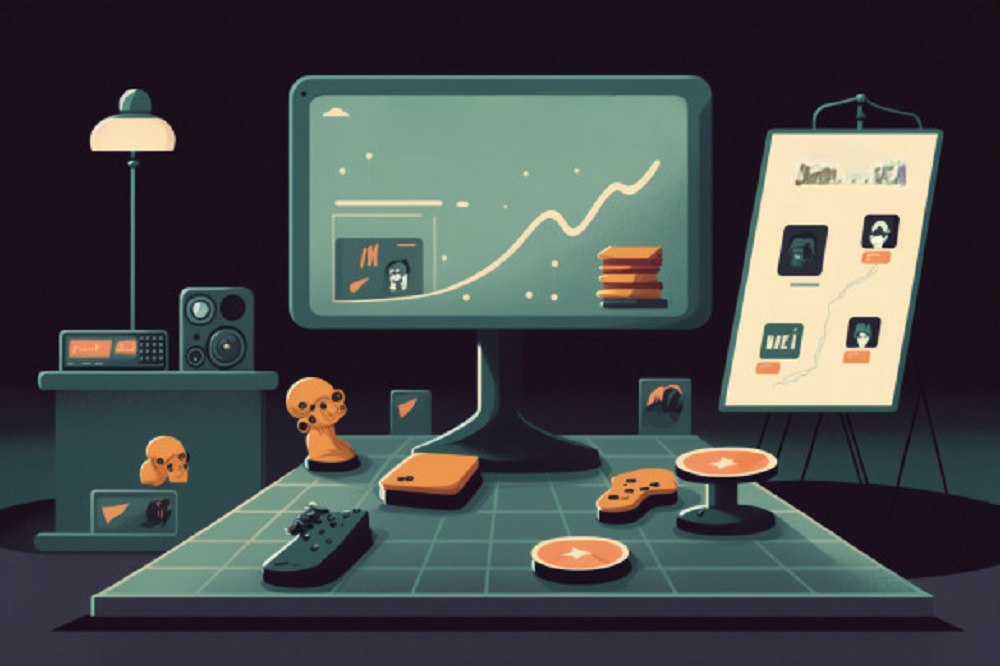Data from the digital collection analytics platform NFTGo shows that as of April 26, there are 7,907 buyers of NFTs, with 8,641 looking to sell their virtual collectibles. The wide margin between sellers and buyers of NFT shows that the NFT market is out of balance, according to NFTGo.
NFT Markets At Its Lowest
On April 19, the digital collectible market experienced its lowest points over the past 12 months registering just 5,893 buyers. This indicates a slight increase from the lows of June 2022, when the NFT market had 5,343 buyers.
Additionally, the number of buyers in the NFT market in April 2022 was 18,493, while there were 32,432 sellers. According to the NFTGo data, there was not a single day in this month when the number of buyers was more than that of sellers in the NFT market.
The data revealed a declining demand for NFTs and potential concern for creators looking to sell their collections. Moreover, the last recorded period where buyers outnumbered sellers was March 11, 2023, with 9,756 buyers against 9,754 sellers.
The NFT community on Twitter has reacted to the uncertainty in the NFT industry, with Ovie Faruq, Canary Labs co-founder, stating that the NFT market is unstable. Data shows that the NFT market tumbled after the spectacular collapse of the California-based Silicon Valley Bank (SVB), which caused panic among traders.
The Rise Of Wash Trading In The Digital Collectible Market
Last month, a CoinGecko report revealed that six leading digital collectible trading platforms saw an increase in NFT wash trading in February 2023 for the fourth month in a row, with a total trading volume of over $585 million. In addition, the CoinGecko report stated that the NFT market saw an increase of 126% in trading volume compared to its previous month’s volume of $250 million.
However, the report attributed the rise to the overall recovery of the NFT market. In an April 11 report, CoinGecko revealed that utility and long-term gains are the primary reasons people buy NFTs.
A recent survey conducted by CoinGecko and the Blockchain Research Lab shows that the offers available to NFT utility and the benefits of owning the asset before purchase made up 77% of the respondent’s reason for buying a digital collectible. On the other hand, 15.7% of the respondents are neutral about NFT utility, while 6.7% disclosed that utility is unimportant in their decision-making process.
Therefore, the potential for long-term profits comes as the second crucial factor for buying an NFT—more than 76% of respondents stated that they are considering selling their assets at a higher price.
In the past, some NFT collections have been sold for millions of dollars. But with the market witnessing a severe decline, it will be challenging to see such a trend again in the short term.
Meanwhile, the third most important reason for buying NFT is gaining a stake in the project, with 72.9% looking to participate as stakeholders in the decentralized autonomous organization (DAO).
